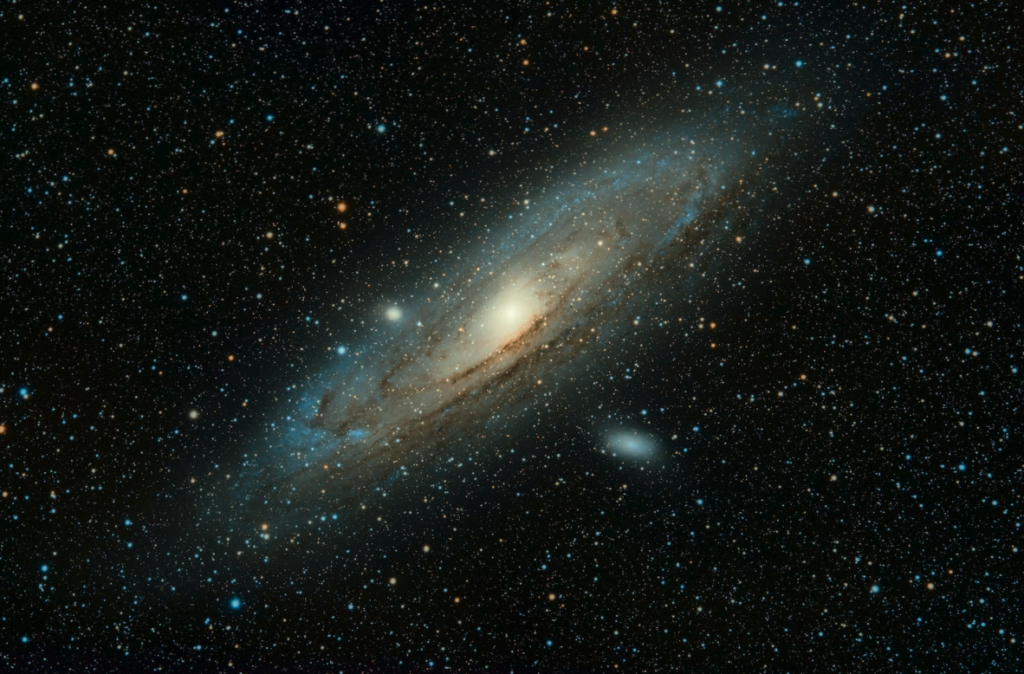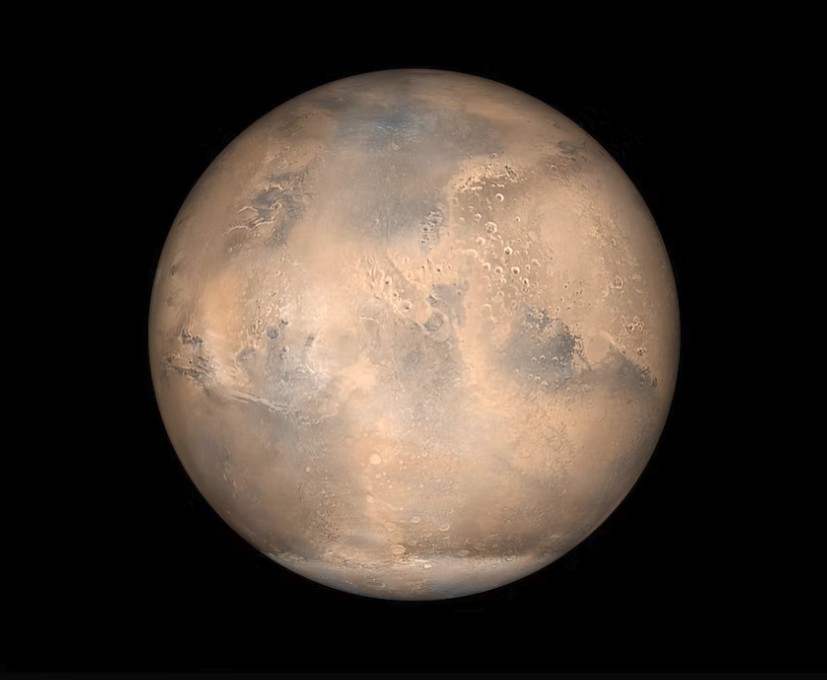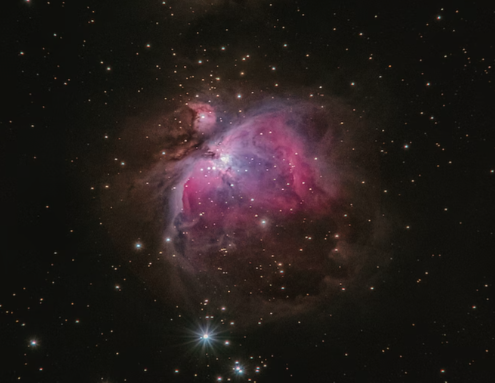A Quick Guide to Dwarf Planets
When most people talk about the solar system, they’re thinking of the big guys—large planets like Jupiter and Neptune.
However, there are also smaller planets, called dwarf planets in the solar system.

These dwarf planets are much farther away, and have some slightly different characteristics. Let’s go over what they are and why they can’t be considered true planets!
What Are Dwarf Planets?
This concept was integrated into the world of astrology in August 2006, when the International Astronomical Union decided that Pluto was no longer a planet and changed its title. While it was no longer the farthest planet from the sun, it was still part of the solar system as a dwarf planet.
According to the IAU, dwarf planets have to meet both the basic requirements to be a planet:
- They must orbit a star
- They must have enough mass to have a spherical (or nearly spherical) shape through hydrostatic equilibrium.
However, those aren’t the only requirements they have to meet. In addition to those requirements, they also have to meet the following criteria:
- Can’t be a satellite of a planet or another stellar body
- Must share the vicinity of the orbit with other objects
As long as a planet meets those four criteria, you’ve got a dwarf planet on your hands.
Currently Known Dwarf Planets
The whole dwarf planet thing started one year before Pluto got kicked out of the solar system (not literally, just technically speaking).
This is when a celestial body called Eris was found.
Scientists began to debate whether Eris should be added as the tenth planet in the solar system, or whether it deserved its own classification.
As you can tell, they decided on the latter. However, that also meant that they had to re-examine Pluto’s classification, naming it as a dwarf planet too.
Once this classification was established, it paved the way for scientists to identify and classify other dwarf planets. Today, there are five known dwarf planets:
- Ceres
- Pluto
- Haumea
- Makemake
- Eris
Let’s take a closer look at each of them.
Ceres
Ceres is the dwarf planet closest to the sun. It’s a trans-Neptunian object, with a distance of 413,690,250 km from the sun, and was the first visited by NASA’s Dawn space probe. Before being a dwarf planet, until 2006, it was classified as an asteroid.
Pluto
Pluto is a frozen dwarf planet, whose average temperature sits at -240 ºC. This dwarf planet can, at times, can be closer to the sun than Neptune due to its orbit.

Haumea
Haumea is similar in size to Pluto and is the fourth in the solar system when it comes to dwarf planets. It was discovered in 2003, but it didn’t get classified as a dwarf planet until after Pluto.
This planet is shaped like a rugby ball, and half a decade ago, it was discovered that it was the first known Kuiper belt object to have rings. In case you’re not clear on where Kuiper is, that’s the same belt that Pluto is located in!
Makemake
Makemake is a plutoid object smaller than Pluto. However, it’s the second brightest plutoid in the Kuiper belt, as seen from Earth.
Eris
Eris is the fifth and last dwarf planet. That means that it’s the furthest from the sun. It’s also the largest known dwarf planet to date.

Dwarf Planets, a Recent Concept
Astronomers who study space constantly decid to adopt a new terms. That’s how they managed to regroup celestial bodies such as Pluto!
Despite their smaller stature, dwarf planets are still important parts of our solar system. They also are just one more step on the road to many more discoveries about outer space.
